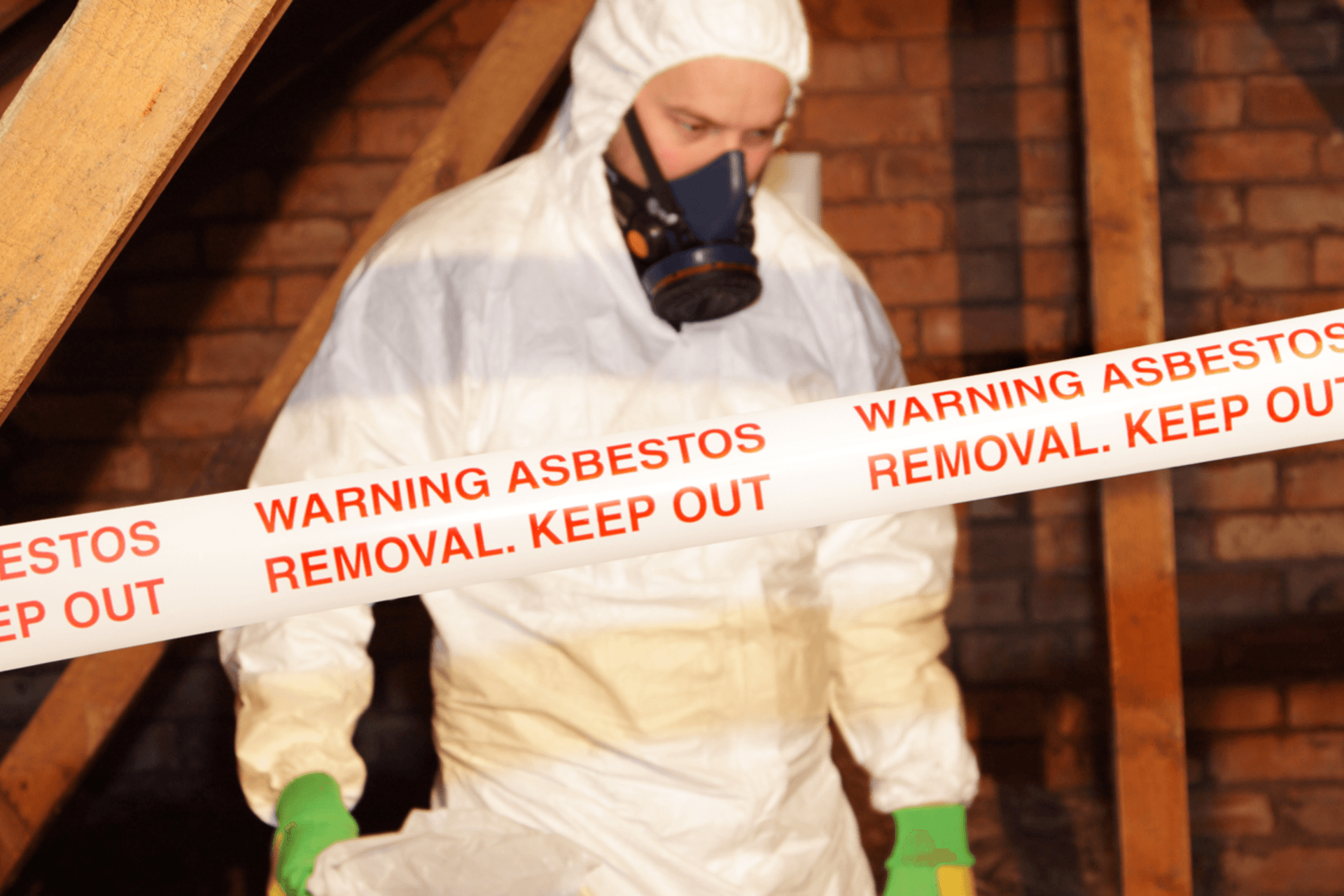Land Development in New Zealand - What's the Latest

Fast-Tracked Infrastructure: A Threat to NZ’s Biodiversity?
A recent article from The Conversation looks at how local government’s Fast-track Bill could speed up big projects, but some worry it might hurt New Zealand’s unique wildlife.
The potential problems outlined in the article are:
- Less scrutiny, more risk: The bill bypasses existing environmental regulations, potentially allowing projects to proceed without thorough assessments of their impact on native species and ecosystems.
- Time over caution: Rushing through approvals could lead to overlooking critical environmental risks.
- A healthy environment underpins tourism, agriculture, and the overall well-being of New Zealanders.
- Economic growth shouldn’t come at the cost of environmental destruction. There’s a way to develop responsibly.
While an article from Minter Ellison Rudd Watts highlight potential benefits being:
- This process acts as a one-stop shop, allowing project owners to secure all necessary environmental approvals in a single, streamlined application.
- The six-month timeframe for expert recommendations signals a faster approval process.
- Declined applications can revise their application and re-apply.
- This program focuses on accelerating the delivery of regionally and nationally significant projects.
Comments from other sources
There are serious concerns about achieving a true balance between protecting the environment and achieving construction goals. This article from Buddle Findlay refers to the Environmental Defence Society and their concerns about the bill.

New Zealand’s Growing Erosion Problem
A recent survey by Stats NZ revealed that a significant portion of the country’s land is highly erodible, with the North Island bearing the brunt of the issue. The culprits are a combination of natural factors and human activity.
New Zealand’s geography plays a major role with its steep terrain, high rainfall and seismic activity that may trigger landslides.
Why should we be concerned?
Soil erosion isn’t just an aesthetic issue. It has serious consequences:
- Reduced land productivity: Erosion depletes vital nutrients, making it harder to grow crops and raise livestock.
- Water quality issues: Washed-away soil can pollute waterways, harming aquatic ecosystems.
- Infrastructure damage: Erosion can destabilise slopes, leading to landslides that threaten roads, bridges, and buildings.
Gisborne is a Hotspot
Gisborne has a concerningly high percentage of land that is classified as highly erodible, and millions of tons of soil are annually washing into waterways.
What can be done?
Combating erosion requires a multi-pronged approach:
- Sustainable land management practices: Farmers can adopt techniques like planting cover crops and reducing tillage to minimize soil loss.
- Investing in conservation efforts: Protecting native forests and wetlands helps stabilise slopes and prevent erosion.
- Building resilience to extreme weather: With climate change increasing the frequency of heavy rain events, infrastructure needs to be more resistant to erosion.
By prioritising sustainable practices and investing in environmental protection, New Zealand can ensure its land remains productive and its natural beauty endures for future generations.
Read more about the soil erosion survey.

Asbestos Danger in Schools: Ministry Tightens Removal Controls
The Ministry of Education has uncovered improper asbestos removal, prompting remedial action. An article from Radio New Zealand tells us around 220 people in New Zealand die each year from asbestos-related diseases, making asbestos the single greatest cause of death from work-related diseases (according to WorkSafe New Zealand).
Based on these recent findings, The Ministry is considering creating a list of approved asbestos removal companies for schools. These companies would have to meet strict safety standards so dodgy asbestos removal never happens again.
Never try DIY asbestos removal! It is not only risky, but also ineffective. Without proper training and equipment, you can expose yourself and others to these harmful particles, and sub-standard disposal can contaminate landfills and endanger workers. Our team of Asbestos Surveyors are IP402 qualified and specialise in asbestos identification and management.
